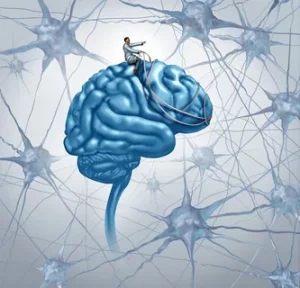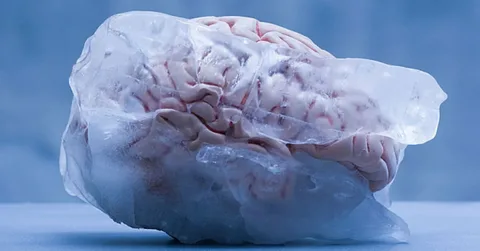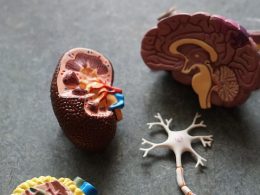Understanding Brain Freeze
Brain freeze, scientifically known as sphenopalatine ganglioneuralgia, is a common phenomenon experienced by many individuals. It occurs when something cold, such as ice cream or a cold beverage, comes into contact with the roof of the mouth, leading to a sudden and intense headache. Despite its temporary nature, brain freeze can be a discomforting experience, prompting individuals to seek relief and understanding of its causes.
The Physiology Behind Brain Freeze
To comprehend the causes of brain freeze, it’s essential to delve into the physiological mechanisms at play. When a cold substance touches the roof of the mouth, it rapidly cools the blood vessels in the area. This rapid temperature change triggers the nerves in the palate, sending signals to the brain. The brain interprets these signals as pain, resulting in the sensation commonly referred to as brain freeze. Explore More About (High Heart Rate)

Factors Influencing Brain Freeze
Several factors can influence the likelihood and intensity of experiencing brain freeze. One such factor is the rate at which the cold substance is consumed. Consuming cold foods or beverages rapidly increases the likelihood of triggering brain freeze, as it doesn’t allow the mouth to acclimate to the temperature change gradually.
Furthermore, individual susceptibility to brain freeze varies. Some individuals may be more prone to experiencing brain freeze due to genetic factors or underlying medical conditions. Additionally, environmental factors such as temperature and humidity can play a role in exacerbating the occurrence of brain freeze.
Managing Brain Freeze
While brain freeze is typically short-lived and harmless, there are several strategies individuals can employ to manage and alleviate its symptoms.
Slow Consumption
One effective approach is to consume cold foods and beverages slowly, allowing the mouth to adjust to the temperature change gradually. By taking smaller bites or sips and allowing them to warm slightly in the mouth before swallowing, individuals can reduce the likelihood of experiencing brain freeze.
Warming the Palate
Another method involves warming the palate after experiencing brain freeze. This can be achieved by pressing the tongue against the roof of the mouth or drinking a warm beverage. By raising the temperature of the palate, individuals can alleviate the pain associated with brain freeze more quickly.
Mindful Consumption
Practicing mindfulness while consuming cold foods and beverages can also help prevent brain freeze. By paying attention to the sensations in the mouth and taking breaks between bites or sips, individuals can minimize the likelihood of triggering brain freeze.

| Factors | Influence on Brain Freeze |
|---|---|
| Rate of Consumption | Consuming rapidly increases likelihood of brain freeze |
| Individual Susceptibility | Genetic factors, medical conditions |
| Environmental Factors | Temperature, humidity |
Conclusion
In conclusion, brain freeze is a common yet temporary phenomenon that occurs when cold substances come into contact with the roof of the mouth. Understanding the physiological mechanisms behind brain freeze and implementing strategies to manage its symptoms can help individuals enjoy cold foods and beverages without experiencing discomfort. By consuming cold substances slowly, warming the palate, and practicing mindfulness, individuals can minimize












